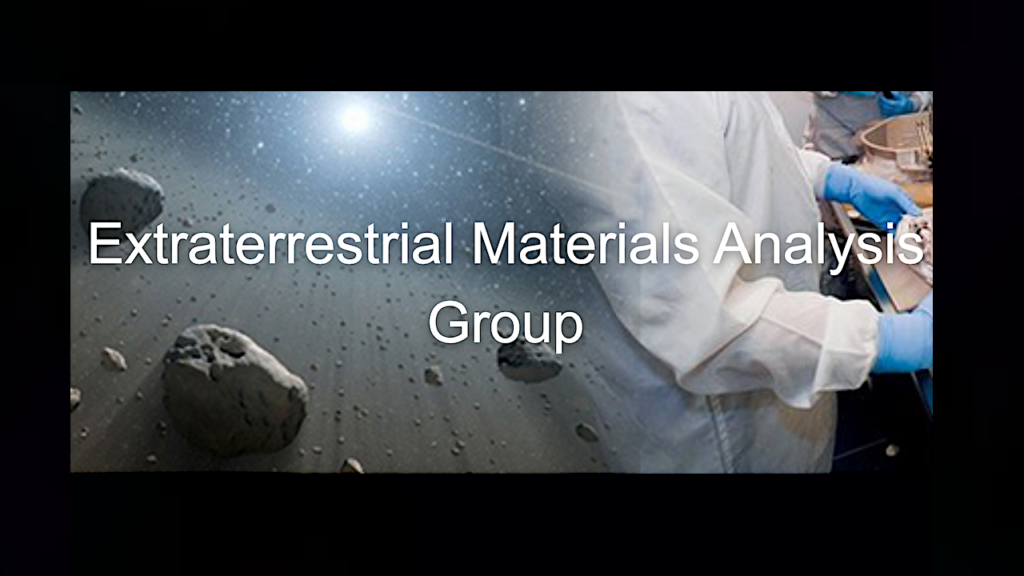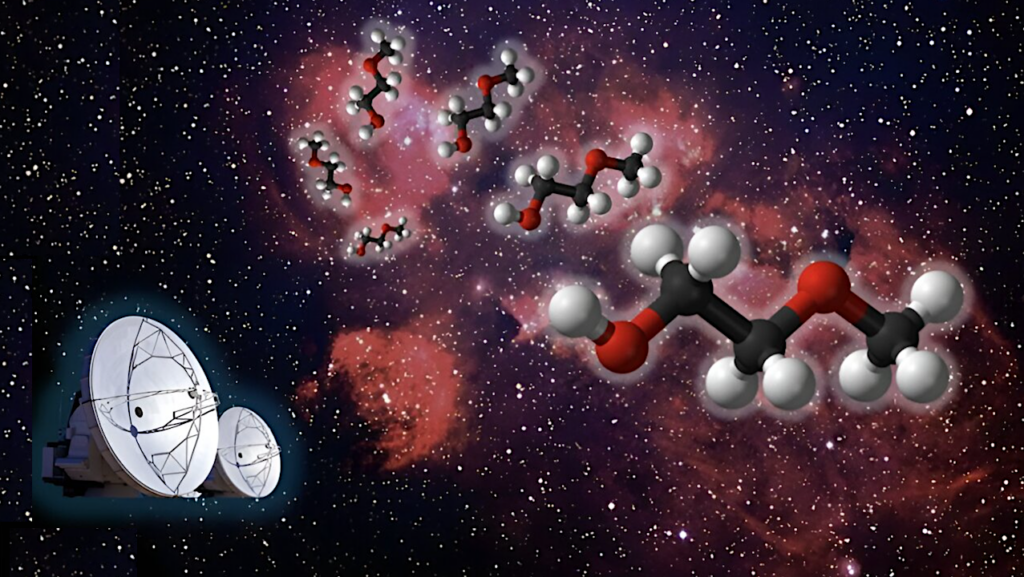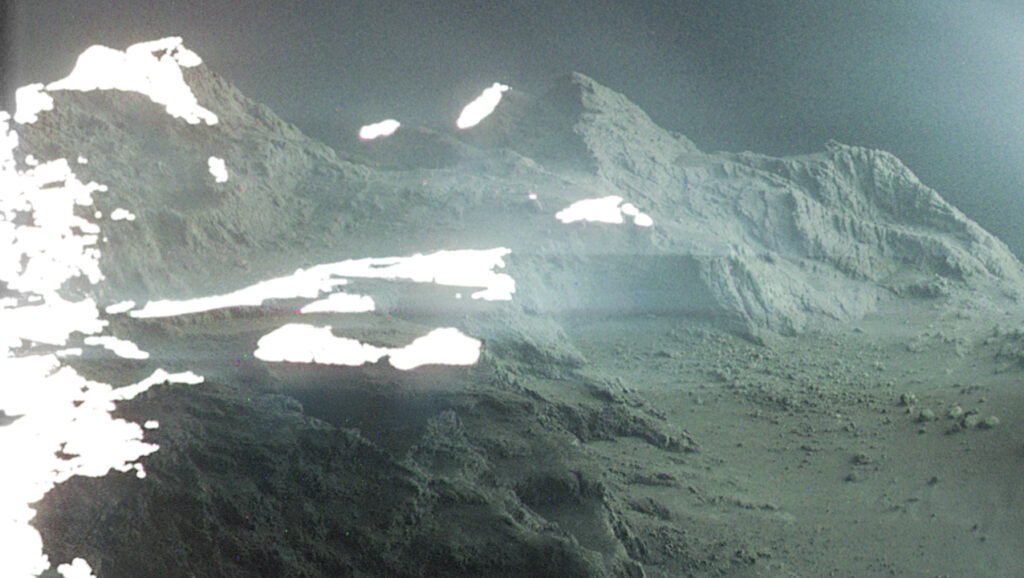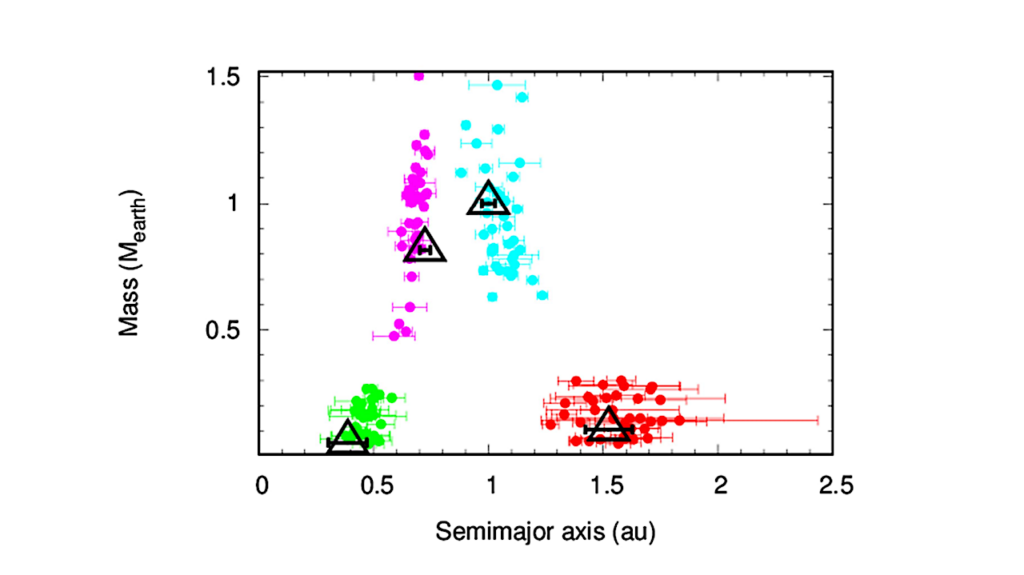First Extragalactic Detection Of A Phosphorus-bearing Molecule With ALCHEMI: Phosphorus Nitride (PN)

Phosphorus (P) is a crucial element for life given its central role in several biomolecules. P-bearing molecules have been discovered in different regions of the Milky Way, but not yet towards an extragalactic environment
We have searched for P-bearing molecules towards the nearby starburst Galaxy NGC 253. Using observations from the ALMA Comprehensive High-resolution Extragalactic Molecular Inventory (ALCHEMI) project, we used the MADCUBA package to model the emission of P-bearing molecules assuming Local Thermodynamic Equilibrium (LTE) conditions.
We have also performed a non-LTE analysis using SpectralRadex. We report the detection of a P-bearing molecule, phosphorus nitride (PN), for the first time in an extragalactic environment, towards two giant molecular clouds (GMCs) of NGC 253. The LTE analysis yields total PN beam-averaged column densities N=(1.20±0.09)×1013 cm−2 and N=(6.5±1.6)×1012 cm−2, which translate into abundances with respect to H2 of χ=(8.0±1.0)×10−12 and χ=(4.4±1.2)×10−12.
We derived a low excitation temperature of Tex=(4.4±1.3) K towards the GMC with the brightest PN emission, which indicates that PN is sub-thermally excited. The non-LTE analysis results in column densities consistent with the LTE values. We have also searched for other P-bearing molecules (PO, PH3, CP and CCP), and upper limits were derived. The derived PO/PN ratios are <1.3 and <1.7. The abundance ratio between PN and the shock-tracer SiO derived towards NGC 253 follows the same trend previously found towards Galactic sources.
Comparison of the observations with chemical models indicates that the derived molecular abundances of PN in NGC 253 can be explained by shock-driven chemistry followed by cosmic-ray-driven photochemistry.
D. Haasler, V. M. Rivilla, S. Martín, J. Holdship, S. Viti, N. Harada, J. Mangum, K. Sakamoto, S. Muller, K. Tanaka, Y. Yoshimura, K. Nakanishi, L. Colzi, L. Hunt, K. L. Emig, R. Aladro, P. Humire, C. Henkel, P. van der Werf
Comments: 15 pages, 14 figures, 4 tables. Accepted for publication in A&A
Subjects: Astrophysics of Galaxies (astro-ph.GA)
Cite as: arXiv:2112.04849 [astro-ph.GA] (or arXiv:2112.04849v1 [astro-ph.GA] for this version)
Submission history
From: David Haasler
[v1] Thu, 9 Dec 2021 11:44:10 UTC (3,281 KB)
https://arxiv.org/abs/2112.04849
Astrobiology, Astrochemistry,








